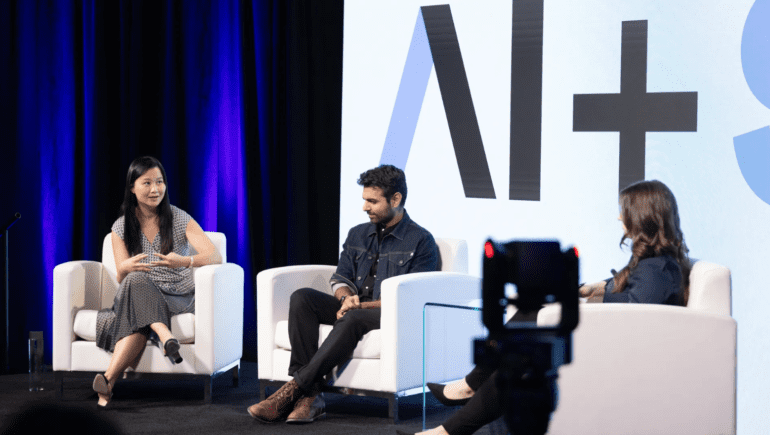TL;DR:
- OpenAI’s recent developer conference raised concerns about a “startup mass extinction” event in AI.
- Investors at Sequoia Capital and Andreessen Horowitz are not overly worried.
- Startups must determine if they can be standalone businesses or mere features of larger companies.
- Sequoia Capital backs companies solving challenging problems, avoiding those relying solely on OpenAI.
- Andreessen Horowitz believes new infrastructure companies can still emerge, challenging current leaders.
- Both firms invest globally in AI but focus on the U.S. and Europe.
- Copyright concerns impact investment decisions, but they vary by industry.
- Investors are cautious about startups competing with tech giants and those with unique data sets.
- Low-value labor replacement and GPU availability also influence investment decisions.
Main AI News:
OpenAI’s recent developer conference created quite a buzz in the tech world, with some calling it a “startup mass extinction event” due to the avalanche of new features announced. However, prominent investors at Sequoia Capital and Andreessen Horowitz have a different perspective. At the Axios AI+ Summit, they shared their insights on why they aren’t overly concerned about the supposed threat to startups in the AI space.
The Key Question
Standalone Business or Feature? The question of whether a startup’s product can stand alone as a business or if it’s merely a feature of a larger company’s product is a critical consideration for both entrepreneurs and venture capitalists in the AI sector, just as it has been in previous tech waves.
Sequoia Capital’s Sonya Huang highlighted that many of the companies they’ve backed, which are built on OpenAI, are tackling exceptionally challenging problems. She emphasized that they avoid supporting startups that exist solely due to OpenAI’s deficiencies. She compared the situation to how Amazon Web Services revolutionized internet startups by providing essential infrastructure.
The Evolving Landscape
Andreessen Horowitz’s Anjney Midha cautioned against assuming that today’s apparent AI incumbents will remain in the lead. He believes that the rapid evolution of AI technology means new infrastructure companies can still emerge, challenging the status quo. Sonya Huang, on the other hand, sees the AI model and infrastructure categories as more established, while the applications sector remains a “blue ocean” with plenty of unexplored potential for startups.
Global Investment Approach
Both Sequoia Capital and Andreessen Horowitz are actively investing internationally in AI. While the Bay Area remains a hub for AI talent, they recognize that innovation and talent are emerging elsewhere. Importantly, they mentioned that they are currently focused on the U.S. and Europe, with no investments in China-based companies for Andreessen Horowitz.
Copyright Concerns and AI Protection
There are ongoing concerns about copyrights affecting the use of data in AI systems. Sonya Huang pointed out OpenAI’s commitment to defending customers accused of infringement as a positive sign. She predicted that more AI companies would offer similar protections in the future. Anjney Midha added that their approach to investing in companies is influenced by copyright concerns, but it varies from industry to industry.
Investing in Elon Musk’s xAI
Both investors declined to comment on whether their firms have invested in Elon Musk’s new AI startup, xAI, which recently unveiled its first product, a chatbot named Grok. However, they did mention their firms’ previous investments in Musk’s takeover of X (formerly Twitter).
Navigating the Current Landscape
At a roundtable discussion with VCs investing in AI, several participants outlined what they are avoiding in their investments. These included incremental infrastructure improvements, regions already targeted by tech giants like Google and Microsoft, startups with multiple direct competitors, and those primarily relying on unique data sets or serving as libraries. Low-value labor replacement and the lack of GPU availability were also mentioned as factors that influence investment decisions.
Conclusion:
The AI startup landscape remains dynamic, with investors carefully assessing opportunities. Startups must differentiate themselves by solving complex problems and adapting to changing market dynamics. The emergence of new infrastructure companies indicates that the market remains open to innovation, but competition with tech giants requires a strategic approach. Copyright concerns and data protection will continue to shape investment decisions as the AI industry evolves.

